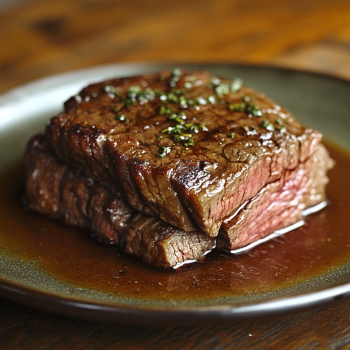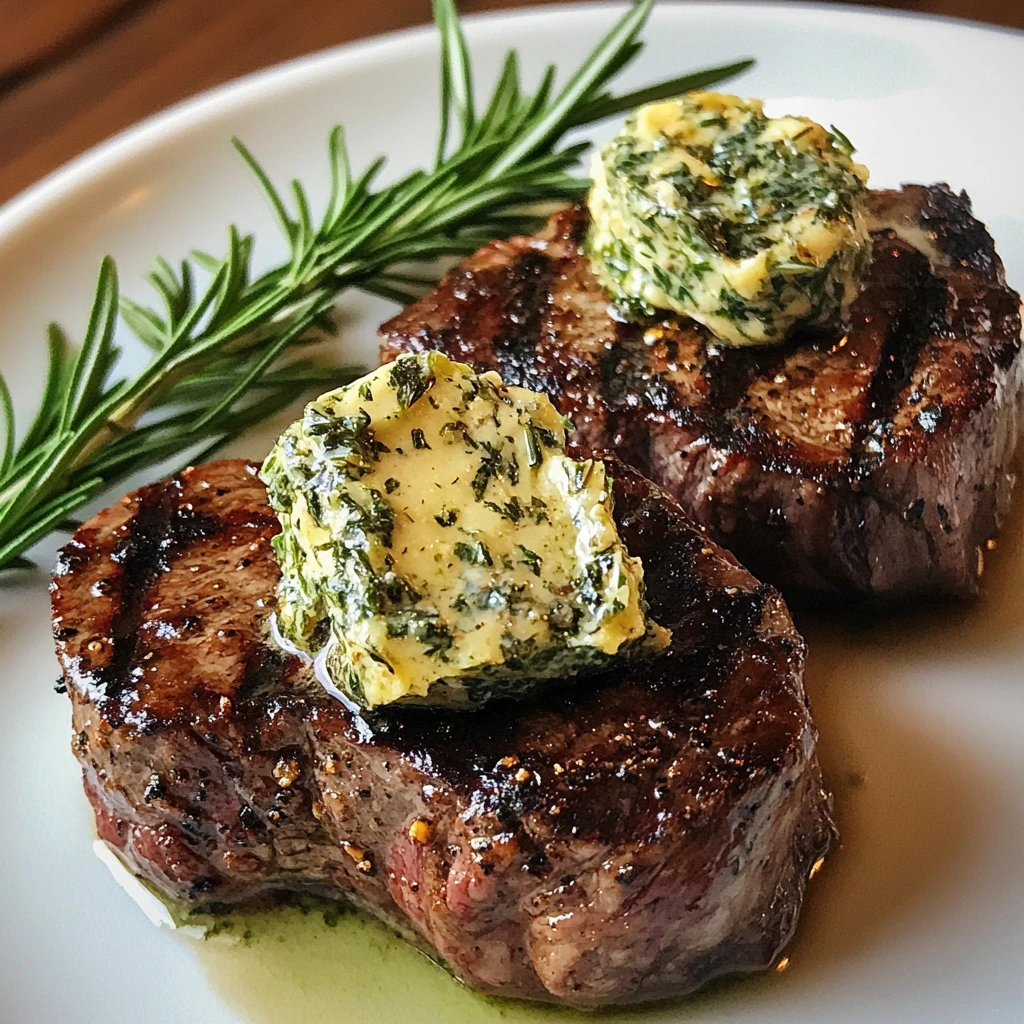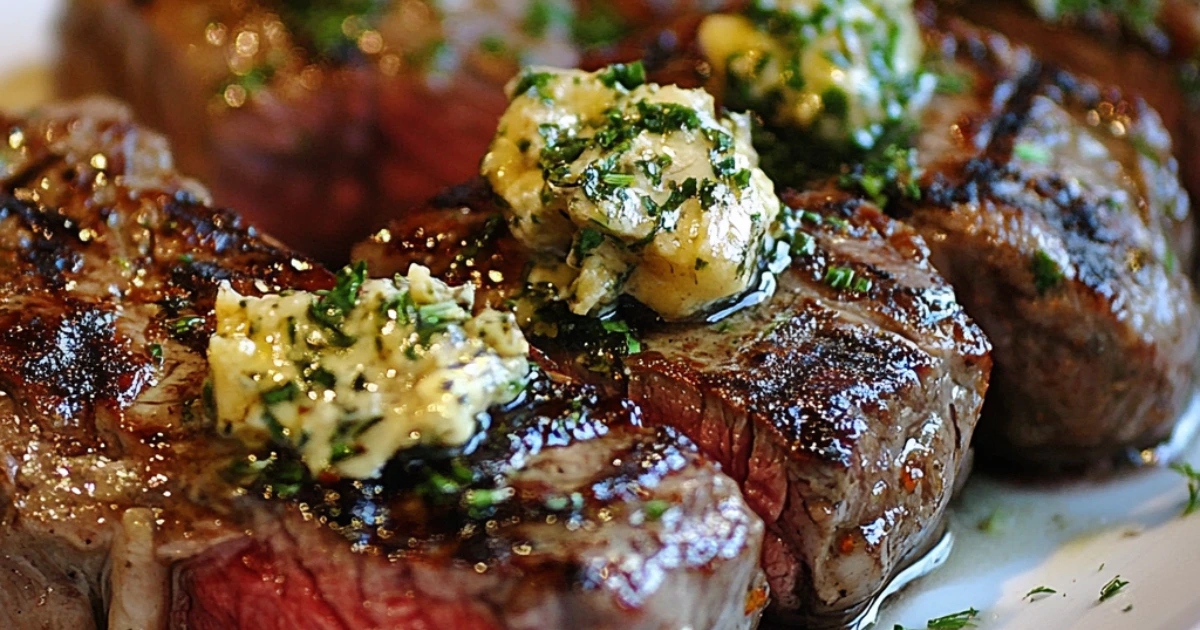What Is Chuck Eye Steak?
Overview
Chuck eye steak is a hidden gem in the world of beef cuts, offering both quality and affordability. Commonly referred to as the “poor man’s ribeye,” this cut is sourced from the shoulder section of the cow, specifically near the fifth rib. Moreover, its marbling and texture closely resemble those of the ribeye, making it a flavorful yet budget-friendly choice for steak enthusiasts. As a result, the richness of this cut has made it a favorite among both culinary professionals and home cooks alike.
Unlike more expensive cuts, chuck steak offers exceptional tenderness, especially when cooked correctly. Moreover, the high fat content guarantees a juicy bite, while its robust flavor profile makes it an ideal choice for both weeknight dinners and special occasions.
Table of Contents
Origin and History
The origins of chuck eye steak trace back to traditional butchering practices. Butchers often reserved this cut for themselves, appreciating its balance of fat and meat. The term “chuck” refers to the shoulder region, while “eye” describes the portion cut near the ribeye section. Historically, chuck steak has been a cost-effective alternative for those craving steakhouse-quality meals at home.
Difference Between Chuck Eye Steak and Ribeye
Though chuck eye steak and ribeye share a similar appearance, they differ in a few key aspects:
- Location: Ribeye is cut from the rib section, while chuck eye comes from the shoulder area.
- Tenderness: Ribeye is slightly more tender, but chuck eye steak holds its own when prepared correctly.
- Price: Chuck eye is notably more affordable without compromising on flavor.
The similarities in marbling make chuck eye steak an excellent stand-in for ribeye, especially for those looking to enjoy premium flavors on a budget.
Why Choose Chuck Eye Steak?
Flavor Profile
The chuck steak boasts a bold and beefy flavor, primarily due to its marbling and proximity to the ribeye cut. Furthermore, its rich taste comes from the fat content, which gradually melts into the meat during cooking. As a result, it creates a juicy and deeply satisfying steak experience.
Versatility in Recipes
It is incredibly versatile, lending itself to various cooking methods and recipes. Whether grilled, pan-seared, or broiled, it adapts beautifully to different seasonings and marinades. Some popular preparations include:
- Classic steak with garlic butter.
- Asian-inspired stir-fries.
- Steak tacos with fresh salsa.
Its adaptability makes steak a staple in diverse cuisines.For tips on enhancing the flavor of affordable meals, check out our guide to smoked chicken thighs for techniques that can be applied to steak preparation as well.
Cost-Effectiveness
One of the standout benefits of chuck eye steak is its affordability, which makes it an excellent choice for a wide range of budgets. Additionally, when compared to premium cuts like ribeye or filet mignon, this steak delivers similar quality at just a fraction of the price. Therefore, it becomes an ideal option for families and anyone looking to enjoy high-quality meat without stretching their budget too thin.
Nutritional Benefits
Macronutrient Composition
A serving of steak is packed with protein, which makes it an excellent choice for supporting muscle growth and repair. Additionally, with its moderate fat content, this cut achieves a balance between rich flavor and nutritional value, offering a satisfying and wholesome option for meat lovers.
Vitamins and Minerals
It is rich in essential nutrients such as:
- Iron: Supports healthy red blood cell production.
- Zinc: Boosts the immune system.
- B Vitamins: Enhance energy levels and support brain health.
Health Benefits and Considerations
When consumed in moderation, chuck steak can undoubtedly be a valuable part of a balanced diet. Moreover, its high-quality protein significantly supports muscle maintenance, while its nutrient profile simultaneously contributes to overall health. However, due to its fat content, portion control remains especially essential to prevent excessive calorie intake. Therefore, balancing portion sizes ensures you can enjoy its benefits without overindulgence.
How to Select the Perfect Chuck Eye Steak
Key Factors to Look For
When buying chuck eye steak, consider these qualities:
- Marbling: Look for visible fat streaks for maximum flavor.
- Color: Opt for bright red meat with no gray patches.
- Thickness: Ensure even cuts for uniform cooking.
USDA Beef Grading System
The USDA grades beef based on tenderness, juiciness, and flavor. For chuck eye steak, look for:
- Prime: The highest grade with superior marbling.
- Choice: A balance of quality and affordability.
- Select: Leaner but less flavorful.
Tips for Buying Fresh Meat
- Shop at reputable butchers or grocery stores.
- Check the packaging date to ensure freshness.
- Store the meat in the coldest part of your refrigerator until ready to cook.
Preparation and Cooking Techniques
Essential Tools for Cooking
To achieve the best results with chuck steak, equip yourself with:
- A meat thermometer for accurate doneness.
- Cast-iron skillet for even searing.
- Sharp knives for clean cuts.
Marinating and Seasoning
Marinating steak enhances its flavor and tenderness. Simple marinades can include:
- Olive oil, garlic, and rosemary.
- Soy sauce, ginger, and honey.
- Lemon juice and cracked pepper.
Dry rubs with salt, paprika, and onion powder also bring out the best in this cut.
Recommended Cooking Methods
Popular ways to cook chuck eye steak include:
- Grilling: For a smoky, charred flavor.
- Pan-searing: Perfect for a crisp crust.
- Slow cooking: Ideal for tenderizing tougher sections.
Grilling chuck eye steak
Step-by-Step Guide
- Preheat the grill to high heat.
- Season the chuck eye steak generously with salt and pepper.
- Place the steak on the grill and sear for 3–4 minutes per side.
- Move to indirect heat to finish cooking to your preferred doneness.
- Rest the steak for 5 minutes before serving.
Common Grilling Mistakes to Avoid
- Avoid flipping too often; it disrupts the sear.
- Don’t skip resting time; it locks in juices.
- Use a thermometer to avoid overcooking.
Expert Tips for Perfect Grill Marks
- Ensure the grill is clean and well-oiled.
- Press the steak lightly against the grates for distinct marks.
- Rotate the steak 45 degrees halfway through cooking for a crosshatch effect.
Pan-Seared Chuck Eye Steak
Why Choose Pan-Searing?
Pan-searing creates a golden, caramelized crust that locks in the juices of chuck steak. It’s ideal for indoor cooking, especially when grilling isn’t an option.
Techniques for a Flavorful Crust
- Use high heat and a well-seasoned cast-iron skillet.
- Pat the steak dry before seasoning to prevent steaming.
- Add butter and aromatics like garlic and thyme for basting.
Pairing with Sauces and Sides
Pairs well with:
- Red wine reduction or mushroom sauce.
- Garlic mashed potatoes.
- Roasted vegetables like asparagus or brussels sprouts.
By mastering these techniques and tips, you’ll enjoy restaurant-quality chuck eye steak in the comfort of your home.
Sous Vide Chuck Eye Steak
Basics of Sous Vide Cooking
Cooking chuck steak using the sous vide method guarantees precise temperature control and exceptional tenderness. Furthermore, sous vide involves sealing the steak in a vacuum bag and cooking it in a water bath maintained at a specific temperature. As a result, this method delivers consistent results every time, making it especially ideal for cuts like chuck steak that benefit from careful and controlled cooking.
Achieving Consistent Doneness
The sous vide method excels at delivering even doneness from edge to edge. Whether you prefer medium-rare or well-done, the chuck steak stays juicy and flavorful. After the water bath, a quick sear in a hot skillet creates a golden crust, enhancing the steak’s texture without overcooking.
Benefits of Sous Vide for Tough Cuts
- Tenderizing Effect: Low and slow cooking breaks down connective tissues.
- Juicy Results: The vacuum seal locks in moisture.
- Convenience: Minimal hands-on effort makes it a foolproof method for chuck steak lovers.
Slow-Cooked Chuck Eye Steak
Why Slow Cooking Works for Chuck Eye Steak

Slow cooking is an excellent method for turning chuck steak into a tender and flavorful dish. Moreover, this approach allows the collagen in the meat to gradually break down, creating a soft, melt-in-your-mouth texture. Additionally, the low and steady heat ensures that the steak retains its moisture, even after prolonged cooking, making it a reliable choice for achieving rich and satisfying results.
Recipes for Slow Cookers
Slow cookers are perfect for busy schedules. Some excellent steak recipes include:
- Beef and vegetable stew: A hearty dish packed with nutrients.
- Barbecue shredded steak: Ideal for sandwiches or tacos.
- Classic pot roast: Infused with herbs and savory juices.
Enhancing Flavor Over Time
Slow cooking enables chuck steak to thoroughly absorb spices, herbs, and other seasonings, enhancing its overall taste. Furthermore, incorporating ingredients such as garlic, onion, and wine during the cooking process can significantly amplify its rich and savory flavor profile, making the dish even more satisfying and aromatic.
Vegetable and Starch Side Dishes
Pairing steak with sides not only complements its flavor but also enhances the overall meal experience. For example, some excellent ideas include:
- Vegetables: Roasted asparagus, grilled zucchini, or sautéed mushrooms.
- Starches: Creamy mashed potatoes, wild rice, or baked sweet potatoes.
Crafting a Balanced Meal
A well-rounded plate with chuck steak includes:
- A protein-rich main.
- A fiber-packed vegetable side.
- A starch for energy.
Combining these elements ensures both flavor and nutritional balance.
Best Recipes
Grilled Chuck Eye Steak with Herb Butter
Marinate chuck steak with olive oil, garlic, and rosemary. Grill until medium-rare, then top with herb-infused butter for a luxurious finish.
Pan-Seared Chuck Eye with Garlic Mash

Sear seasoned chuck steak in a hot skillet, then serve alongside creamy garlic mashed potatoes. This classic pairing is a crowd-pleaser.
Chuck Eye Steak Tacos
Slice grilled or pan-seared chuck steak thinly, then fill tortillas with the meat, pico de gallo, and guacamole for a flavorful twist.
Common Mistakes to Avoid When Cooking Chuck Eye Steak
Overcooking or Undercooking
Using a meat thermometer helps avoid these common pitfalls by ensuring precise cooking. Additionally, for steak, medium-rare is frequently recommended, as it allows the meat to retain its natural juiciness and tender texture.
Not Resting the Steak
Skipping the resting step often causes juices to escape, which ultimately leaves the steak dry. However, by resting the steak for 5–10 minutes, the juices have time to redistribute evenly, resulting in a more flavorful and juicy final dish.
Skipping the Seasoning
Chuck eye steak needs ample seasoning to enhance its natural flavor. Generously salt and pepper the steak before cooking for the best results.
Storing and Reheating Chuck Eye Steak
Best Practices for Storing Cooked and Raw Steak
- Raw Steak: Store in the coldest part of the refrigerator and use within 2–3 days.
- Cooked Steak: Wrap in airtight containers or foil to maintain freshness.
Techniques for Reheating Without Drying Out
- Use an oven set to low heat to warm the steak gradually.
- Finish with a quick sear in a skillet to refresh the crust.
Shelf Life and Safety Tips
Cooked chuck steak lasts 3–4 days in the refrigerator and up to 3 months in the freezer. Always check for spoilage before reheating.
Sustainable Sourcing of Chuck Eye Steak
Understanding Beef Production
Supporting ethical beef production involves making informed choices by selecting sources that prioritize animal welfare and environmental sustainability. Additionally, looking for certifications such as “Grass-Fed” or “Organic” helps ensure that the beef meets these ethical and environmentally friendly standards.
Supporting Local Farmers
Buying chuck steak from local farmers not only ensures fresher products but also helps reduce the carbon footprint associated with transportation. Furthermore, farmer’s markets are excellent places to discover high-quality cuts while supporting sustainable and community-focused practices.
Ethical Considerations
Consider sourcing steak from farms that use sustainable practices, such as rotational grazing and humane animal treatment. Making informed choices supports responsible agriculture.
Frequently Asked Questions About Chuck Eye Steak
What makes chuck eye steak unique?
Its rich marbling and affordability set it apart.
Can I substitute chuck eye steak for ribeye?
Yes, though slightly less tender, it’s a great alternative.
What’s the best way to cook chuck eye steak?
Grilling, pan-searing, and slow cooking are all excellent methods that deliver delicious and satisfying results. Moreover, each technique enhances the unique qualities of chuck steak, allowing for versatility in flavor and texture.
Conclusion
In conclusion, chuck eye steak is a versatile and budget-friendly cut that can easily rival more expensive steaks in both flavor and quality. Furthermore, whether you decide to grill, pan-sear, or slow-cook, mastering the preparation of this cut allows you to achieve restaurant-quality meals at home. Additionally, by selecting the right cooking method, pairing it with complementary sides and wines, and carefully avoiding common mistakes, you can create unforgettable dishes that truly showcase the best of chuck steak.


1 thought on “The Ultimate Guide to Chuck Eye Steak: Cooking Tips, Pairings, and Recipes”